It seems like we are on an anniversary splurge. In April, I marked my 10th year as BHL Program Director. Today is a more important date in BHL history. May 9, 2007 marked the official launch of BHL content on the web. We celebrated that day with one of our first BHL blog posts (Biodiversity Heritage Library and Encyclopedia of Life Launch!). On that launch date, BHL had 306 titles, 3,236 volumes, and 1,271,664 pages of taxonomic literature. Today, BHL has grown to become a global consortium of natural history, botanical, research, and national libraries and hosts over 60 million pages and more than 281,000 volumes.
Growing out of the vision of Harvard entomologist E.O. Wilson for an “encyclopedia of life” that would provide a page for every species, BHL joined forces with a nascent Encyclopedia of Life in 2006. Under the guidance of Cristián Samper (National Museum of Natural History, Smithsonian Institution) and leaders from four additional cornerstone institutions (the Field Museum, Harvard University, the Marine Biological Laboratory, and the Missouri Botanical Garden), BHL served as the literature cornerstone of EOL. BHL and EOL received vital funding from the John D. and Catherine T. MacArthur Foundation, and the switch was flipped on an important new player in the biodiversity landscape at a celebration hosted by the National Academy of Sciences.
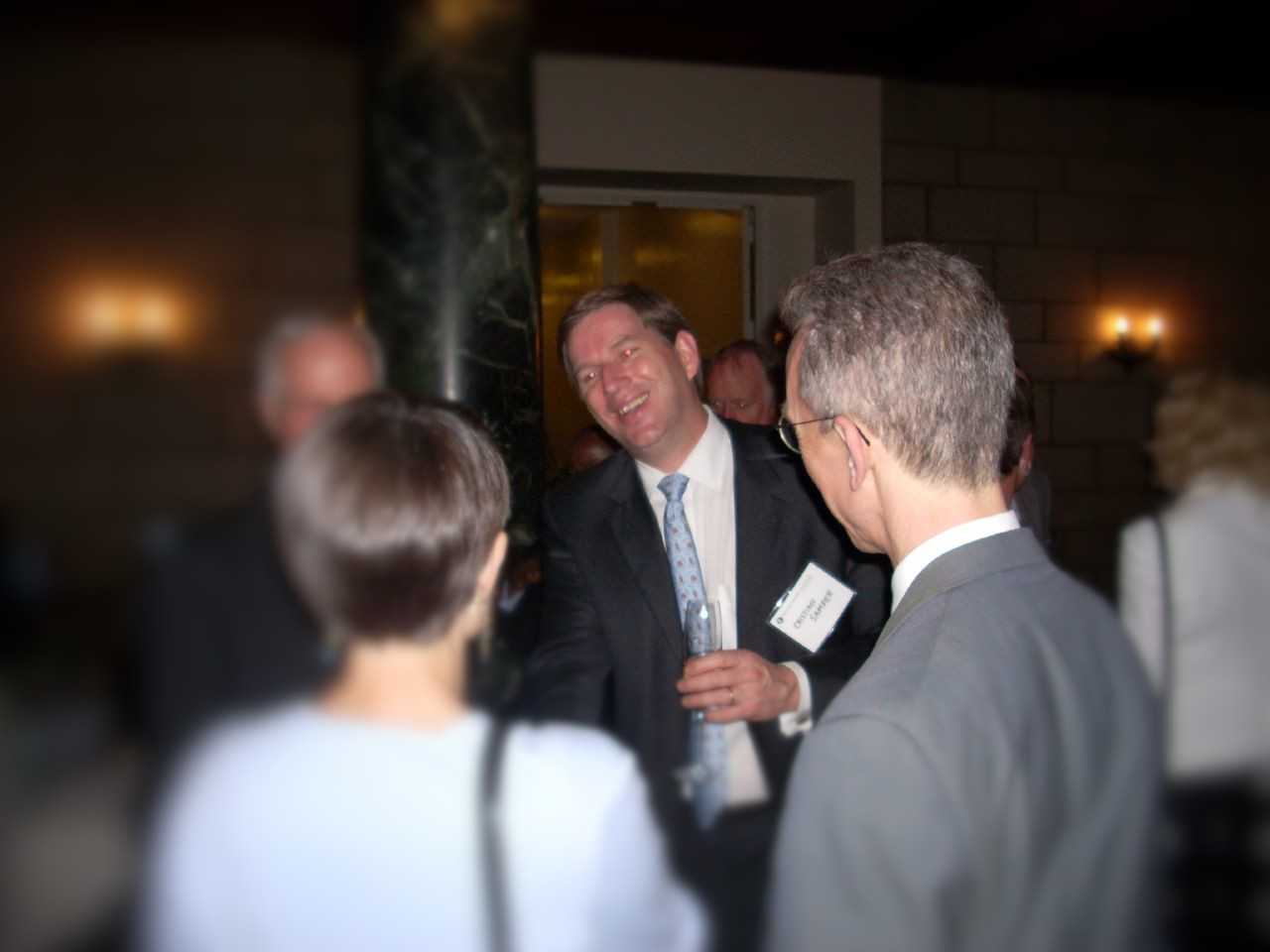
Cristián Samper (center) and Tom Garnett (right) at the BHL launch event hosted by the National Academy of Sciences. Credit: Martin R. Kalfatovic

Brewster Kahle, Internet Archive at Smithsonian Libraries and Archives. Credit: Martin R. Kalfatovic
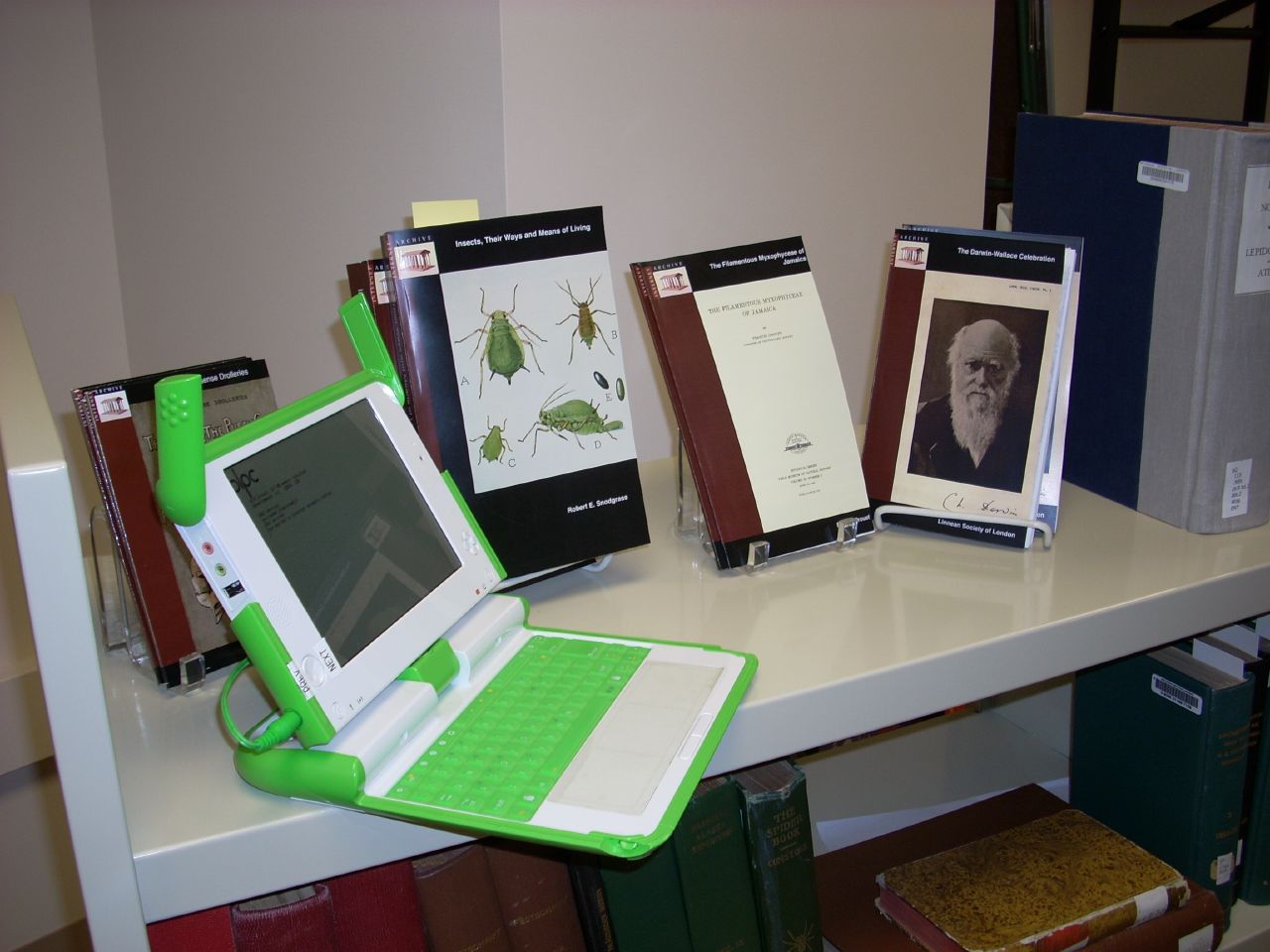
BHL display at Encyclopedia of Life launch at Smithsonian Libraries and Archives. Credit: Martin R. Kalfatovic
Earlier that day, BHL leaders met at the Smithsonian Libraries (now Smithsonian Libraries and Archives) for open press sessions and additional planning sessions. BHL chair, Graham Higley (Natural History Museum, London), vice-chair Cathy Norton (MBLWHOI Library), and BHL Program Director were joined by the Internet Archive’s Brewster Kahle and a number of BHL partner staff for productive meetings that were held in the still under construction Smithsonian Internet Archive scanning facility located in the National Museum of Natural History.
The initial BHL interface was based on the Missouri Botanical Garden’s (MBG) Botanicus, built by future BHL Technical Director Chris Freeland and the team at the MBG. The look and feel of the website has also changed from those early days to the current site designed by Simon Sherrin from BHL Australia.
The BHL website has grown immensely in the past 15 years, growing not only in the amount of content hosted but in the features that have expanded access points. Full-text search, article metadata, enhanced taxonomic name finding, and the use of digital object identifiers are the main features added since 2007.
Like life, BHL continues to change and evolve; and, as Charles Darwin noted in The Origin of Species, “from so simple a beginning endless forms most beautiful and most wonderful have been, and are being, evolved.”
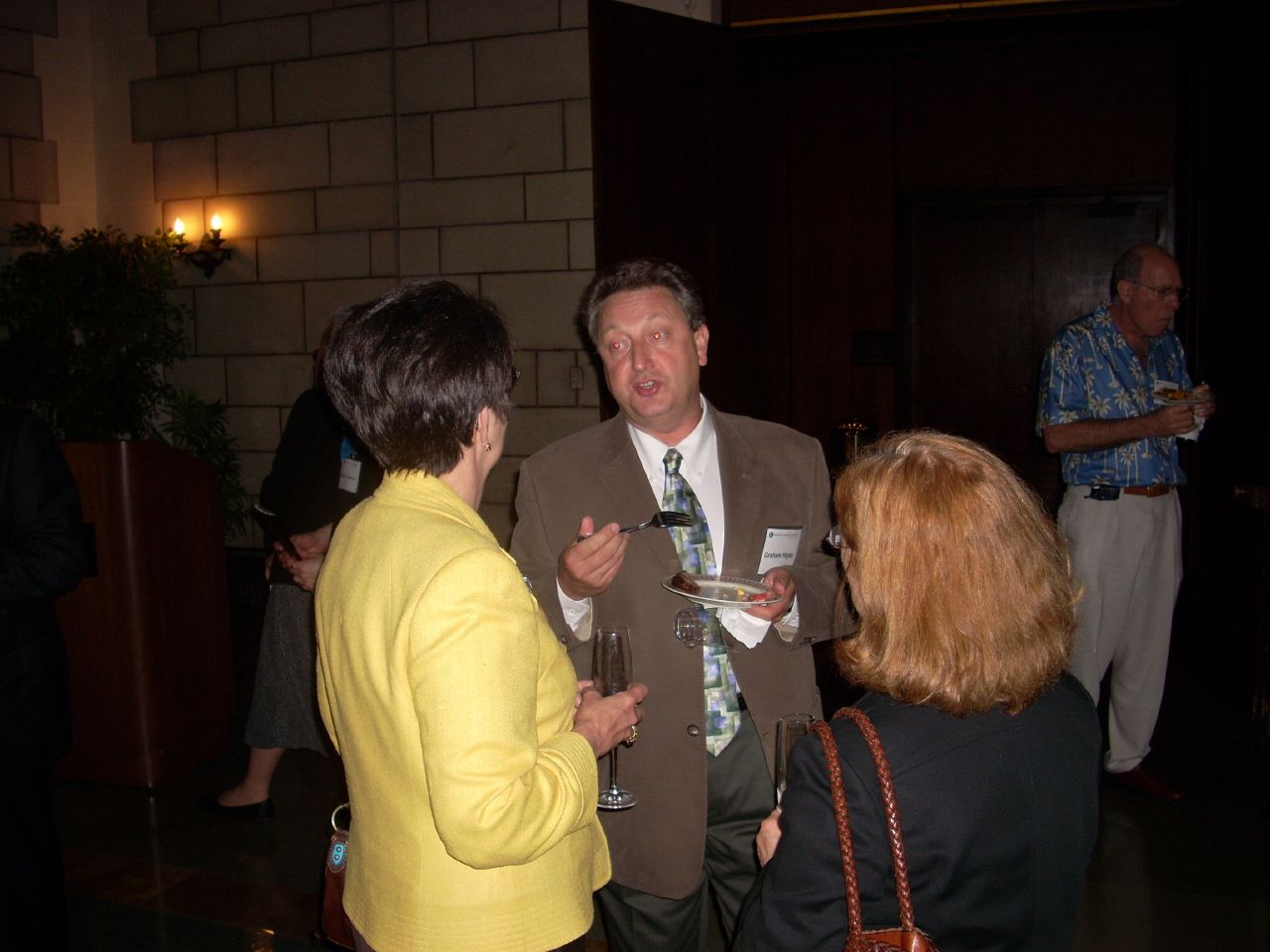
Nancy Gwinn (Smithsonian), Graham Higley (Natural History Museum, London), and Marcia Adams (Smithsonian) at the BHL launch event hosted by the National Academy of Sciences.


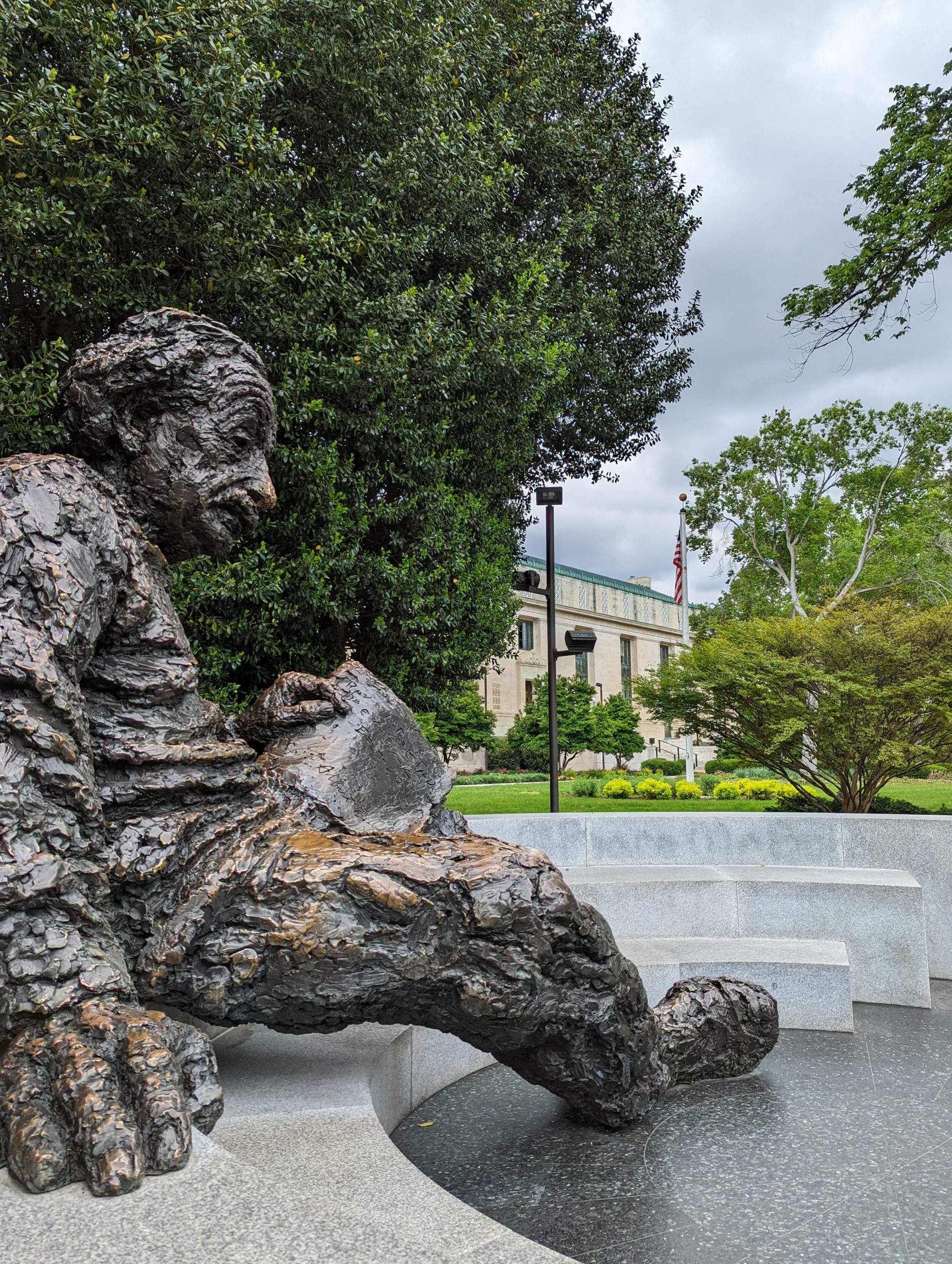


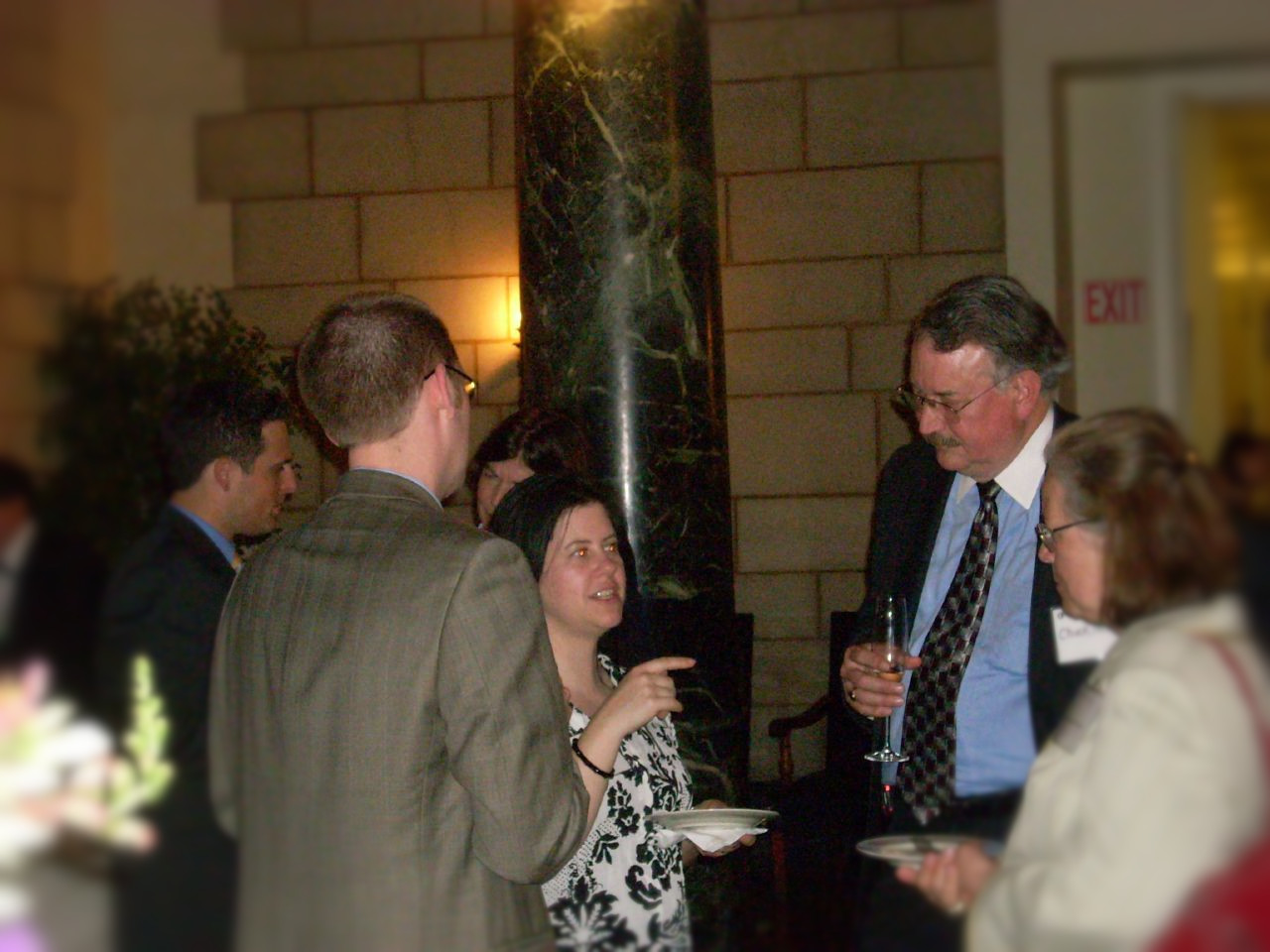
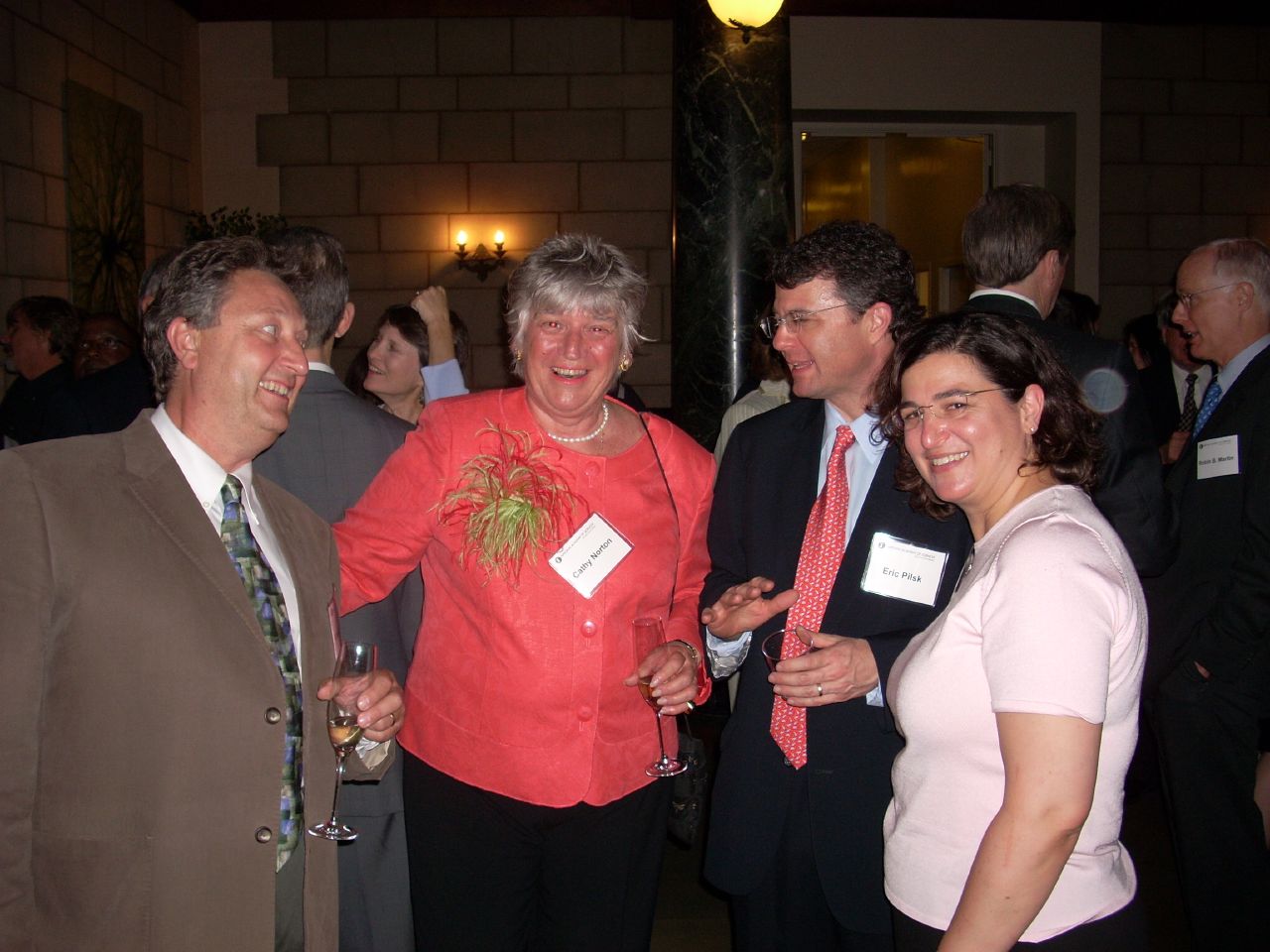


Leave a Comment